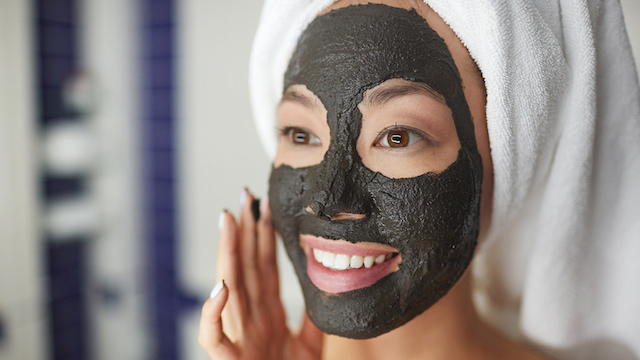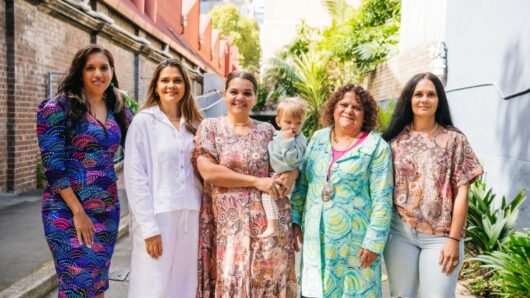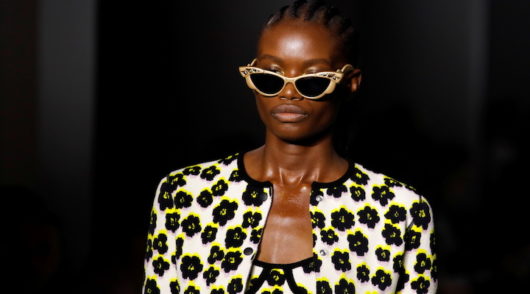China’s facial mask market is growing at an impressive rate, according to global market intelligence agency Mintel.
Its research shows the market has had a compound annual growth rate (CAGR) of 29 per cent in value between 2011 and last year.
There was a 26 per cent increase in growth last year, with sales value hitting RMB15.2 billion (US$2.2 billion), up from RMB12 billion in 2015. In comparison, the overall growth rate of China’s beauty and personal-care market stood at 8 per cent last year.
Mintel estimates China’s facial-mask segment will grow at a CAGR of 15.8 per cent in value over the next five years to reach RMB31.7 billion by 2021.
“The growing use of facial masks in wider Asia is largely because of the item’s ability to offer consumers different skincare benefits in a convenient manner and short turnaround time,” says Mintel senior innovation and insights analyst Sharon Kwek.
When Mintel surveyed urban Chinese females who use facial masks, 33 per cent of them said they buy the product through WeChat. Just last year, only 10 per cent of respondents said they used WeChat to buy their facial masks.
As yet, there does not seem to be any strong brand loyalty in the facial masks category, says Mintel beauty and personal-care association director Jessica Jin. “Our research shows there is similar interest to try out premium masks and new brands.”
Of female facial mask buyers Mintel surveyed in urban China, 54 per cent spent RMB30 or more a sheet in the six months to January. Also, 52 per cent had tried out new brands during the same period.
More launches
The Mintel Global New Products Database (GNPD) reveals an increase in the number of facial mask launches with both masstige and prestige pricing in China over the past two years. The market proportion last year was 25 per cent masstige and 8 per cent prestige, compared with 14 per cent and 3 per cent respectively in 2015.
“Income has not stopped urban Chinese women from using facial masks, as our research shows there is no significant difference in the use of sheet masks across income levels,” says Jin. “However, our findings show that income has limited consumers’ pursuit of niche types of facial masks as high earners are more likely to use a greater variety of the product.”
Mintel GNPD reveals that 40 and 50 per cent respectively of facial mask launches in South Korea and Japan bear an anti-aging claim, while only a quarter of Chinese products make the same claim
“Product innovation is important to companies and brands looking to stand out in China’s facial masks market, says Jin. “Anti-aging is an expected avenue for brands to tap into as Chinese consumers’ skincare routines are highly influenced by neighbouring countries, such as South Korea and Japan, where early uptake of anti-aging products is now a trend.”






